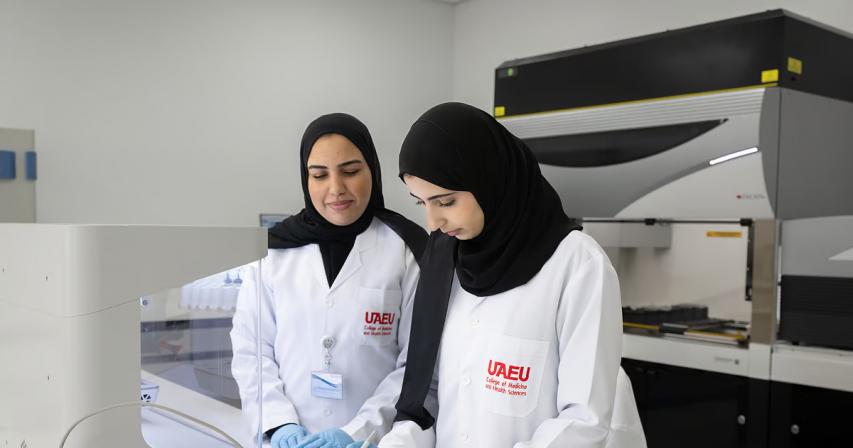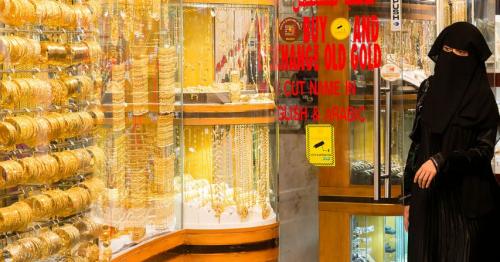UAE students use 3D bioprinting to advance stem cell research to cure Alzheimer's, Parkinson's

A stem cell research centre will allow research students in Al Ain to print organs and help find a cure for diseases such as Alzheimer and Parkinson.
The new UAE University (UAEU) facility will expedite completion of crucial research projects and allow access to the latest technology required to achieve breakthroughs in their work.
Dr Rami Beiram, the university's associate provost for Research, said: "The UAEU Stem Cell Research Centre is the first academic centre of this type in the UAE, and is aimed at providing innovative research and development in regenerative medicine and stem cell therapies.
Dr Rami said that the centre would contribute to "important progress" in the field of stem cell therapy and its uses in clinics. He added that the centre would also contribute to the healthcare industry of the country for the future.
Emirati students Shamsa Fadel Almansouri and Fatema Khamis AlDhaheri were also busy developing their projects during a recent visit to the centre. The students are carrying out research using state-of-the-art tools, including a cryogenic freezer, and a 3D bioprinter.
How organs are printed
When it comes to the entire process of "printing" organs, for instance — the 3D bioprinter here "prints" organs using bioink, a mixture of polymers, living cells and growth factors, Shamsa explained.
We take the cells that we plan on processing and we culture them, and then we add them to the bioink. This will then be employed to print a non-organ. Shamsa said.
For example, the students working on a kidney created their model on a tablet first before printing it. Fatema expanded on their work potential applications, stating that 3D printed organs are needed to model disease, test drugs and process engineered tissue.
Fatema explained, "These 3D printed structures can give 100 percent what an organ will respond to a disease such as how it would respond to the new drugs." Heart patches that we’ve printed and tested.
It is also home to higher-end technology like an automated cell culture platform, robotic arms, a biosafety cabinet, and a cryogenic freezer that stores more than 47,000 stem cell vials. This minimizes human error and contamination while allowing stem cell lines to be created rapidly.
UX Collective: Can you tell me a bit about the new technology and how your research process changed it? In the past, everything was done manually — which could take days, even weeks. The new automated machines save us time and minimize manual labour, so that we can devote more time to our research," he said.
Stem cells for regenerative therapie
Dr Rami noted there are some exciting projects being developed by the students – describing the work as life changing.
Among these projects at the centre, he noted are studies of potential regenerative therapies for neurodegenerative diseases such as Alzheimer's and Parkinson's.
"One of the projects that are studying gastric stem cell biology examining the role of stem cells in tissue regeneration and the mechanisms of the development of stomach carcinoma and other stomach diseases. We also have a new study that investigates molecular mechanisms that control stem cell fate determination in some of the diseases.' Story Source: Materials provided by University of Minnesota.
He further emphasized that the center is "setting the stage" for its umbilical cord blood banking program to bank, process and store stem cells obtained from umbilical cord blood.
Dr Rami said this project is forming a national "bank," a repository of high quality stem cell samples intended for therapeutic use in the future. The move "shows our ongoing commitment to supporting stem cell research and moving the science forward to take these treatments out of the laboratories and into real-world testing," he said.
He adds, 'This project seeks to develop a comprehensive, standardized stem cell biobank that could serve as a national resource for cellular therapies.'






Comments